A mountain, four colossal faces, and a nation’s soul—Mount Rushmore stands as one of America’s most iconic yet controversial monuments. Rising from the ancient granite of the Black Hills, its stoic visages have watched over decades of shifting cultural winds. But in today’s era of reckoning with history, a passionate debate swirls around this stony shrine: Should Mount Rushmore be reimagined, or even completely removed? The question stirs emotions, ignites arguments, and challenges us to confront what we choose to honor—or erase. Let’s dive deep into the heart of this modern debate, exploring history, science, culture, and the voices fighting to shape the future of this monument.
The Monument’s Origin and Its Contested Ground
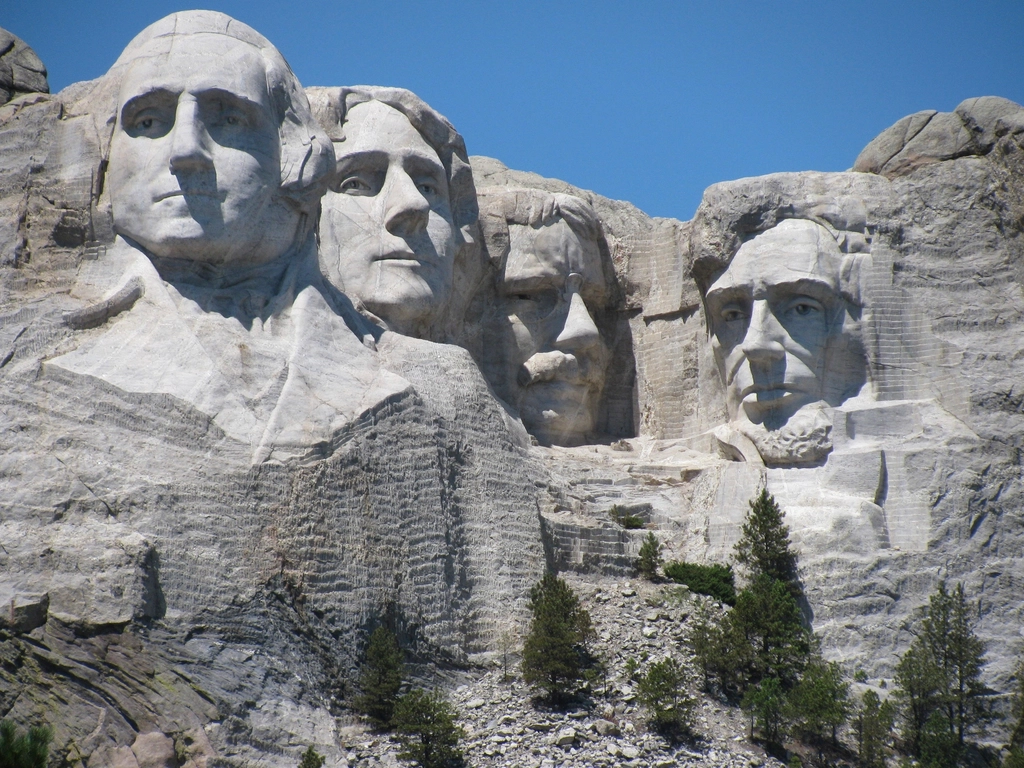
Mount Rushmore was carved between 1927 and 1941, a feat that fused vision, ambition, and technical innovation. Gutzon Borglum, a sculptor with grand dreams, chose four American presidents—Washington, Jefferson, Roosevelt, and Lincoln—to symbolize the nation’s birth, growth, development, and preservation. Yet the monument was chiseled into the Black Hills, land sacred to the Lakota Sioux and other Indigenous peoples. This act was not simply an artistic endeavor; it was a powerful statement about who controls history and whose stories are told. Many Native Americans view the monument as a painful desecration, a wound etched into a landscape of deep spiritual significance.
Artistic Marvel or Cultural Erasure?
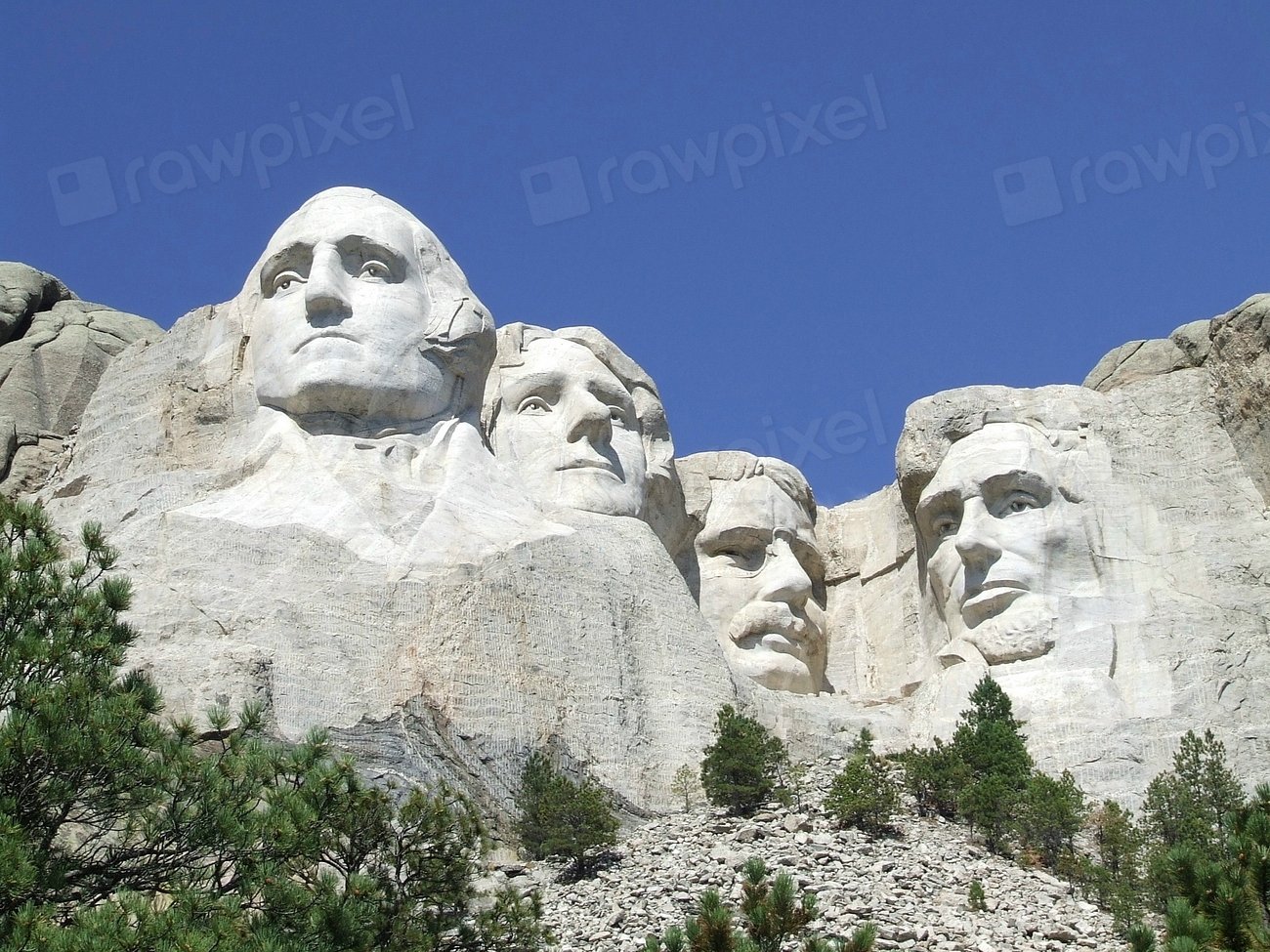
For some, Mount Rushmore is a breathtaking achievement in engineering and artistry. The sheer scale of carving faces over 60 feet tall into a mountainside is a testament to human ingenuity. However, to others, it stands as a glaring symbol of cultural erasure. Imagine the heartbreak of seeing your ancestors’ sacred land transformed into a monument celebrating figures whose policies often harmed your people. The monument thus serves as both a marvel and a reminder, depending on whose perspective you embrace. This duality sparks a profound question: Can art ever be separated from the context of its creation?
Environmental Impact of the Monument
The Black Hills are not just a backdrop—they are a rich ecosystem, home to diverse plant and animal species. The construction of Mount Rushmore blasted tons of granite and altered the natural landscape forever. Dust, noise, and ongoing tourist foot traffic have affected the area’s fragile habitats. Environmental scientists have documented how increased human activity around the monument can disrupt local wildlife, from nesting birds to elusive mountain lions. The environmental cost of such a monument isn’t always visible, but it is real and lasting.
Scientific Techniques Behind the Carving
The creation of Mount Rushmore was a monumental feat of science and engineering. Workers used dynamite to remove over 450,000 tons of rock, followed by fine chiseling and drilling to shape the presidents’ features. Modern technology, like 3D scanning, has been used to monitor the monument’s stability and detect cracks that could threaten its future. Scientists routinely study the effects of weathering, freeze-thaw cycles, and lichen growth on the stone, revealing how even the hardest granite is vulnerable to the forces of nature. The ongoing preservation efforts are a race against time and the elements.
Native American Perspectives and Proposals
For many Indigenous people, Mount Rushmore is a daily reminder of broken treaties and lost lands. The Black Hills were promised to the Lakota in the 1868 Treaty of Fort Laramie, but the discovery of gold led to government seizure. Today, Native leaders and activists propose various alternatives: removing the faces, restoring the hills, or adding new monuments honoring Indigenous heroes like Crazy Horse. Some suggest educational centers or spaces for cultural storytelling, so visitors can learn the full, complex history of this land. These proposals call for healing and recognition, not just physical change.
Tourism, Economy, and Local Communities
Mount Rushmore draws nearly two million visitors each year, fueling the local economy with jobs, hotels, and restaurants. For nearby towns, the monument is a lifeline. However, the influx of tourists also brings challenges: increased traffic, pollution, and pressure on local infrastructure. There’s an emotional tug-of-war between preserving economic stability and respecting cultural and environmental concerns. If the monument were removed or drastically altered, the ripple effects would be felt far beyond the mountain itself.
Calls for Reimagining: Adding New Faces or Stories
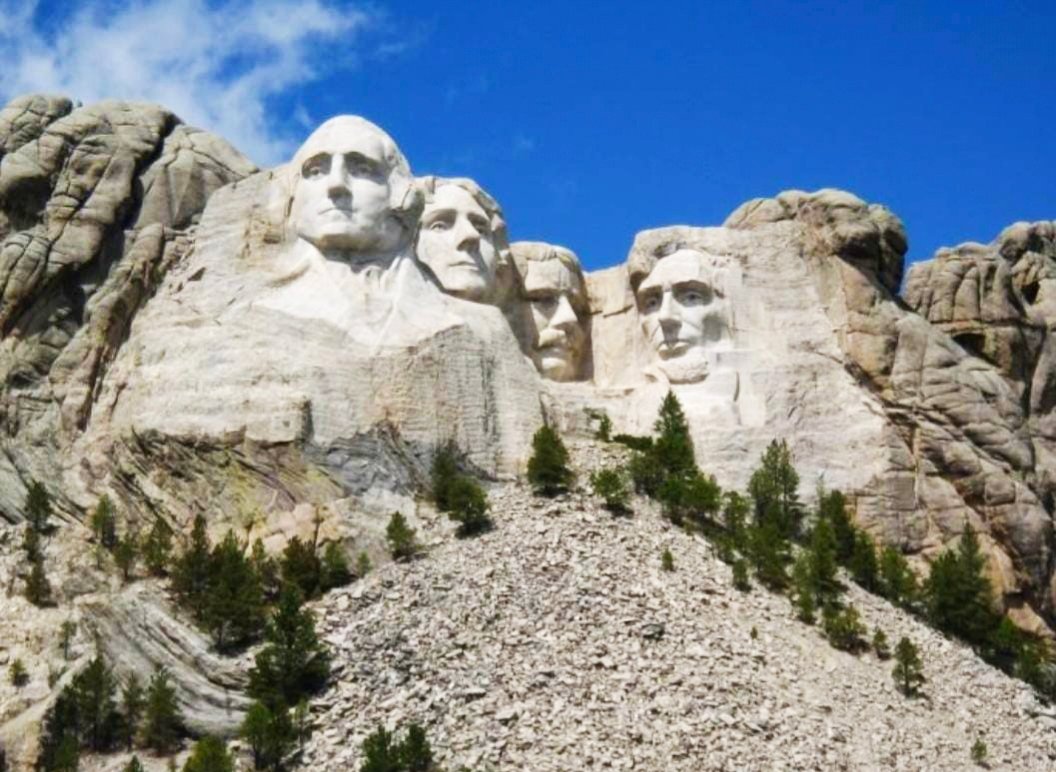
Some voices in the debate suggest reimagining Mount Rushmore rather than erasing it. What if the monument were expanded to include more diverse leaders—women, people of color, or Indigenous figures? Such ideas aim to reflect a broader, more inclusive American narrative. Yet, this proposal is not without controversy. Critics argue that adding to the monument could deepen the sense of violation for Native communities, while supporters say it’s a chance to update history. The debate over reimagining is as heated as the question of removal itself.
Historical Memory and Changing Values
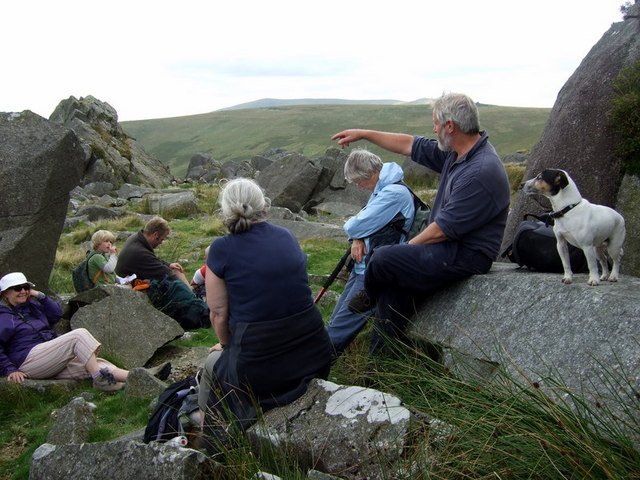
Monuments are more than stone and metal—they are mirrors of the values we hold dear. What we choose to memorialize speaks volumes about our collective identity. Over generations, societies often reconsider which stories deserve to be told in public spaces. Mount Rushmore’s debate is part of a larger movement to rethink monuments across the globe, from statues of colonial figures to Confederate memorials. This questioning isn’t about erasing history, but about wrestling with its complexities and learning from the past.
Nature’s Role: Erosion, Time, and Renewal
Despite its massive scale, Mount Rushmore is not immune to the passage of time. Wind, rain, and temperature swings slowly eat away at the granite, while lichen and moss take hold in tiny crevices. Scientists estimate that, if left untouched, nature could eventually reclaim the mountain over thousands—or tens of thousands—of years. This slow, silent process offers a humbling perspective: no monument, no matter how grand, can outlast the forces of nature. In the end, the land has the final word.
What Does the Future Hold for Mount Rushmore?
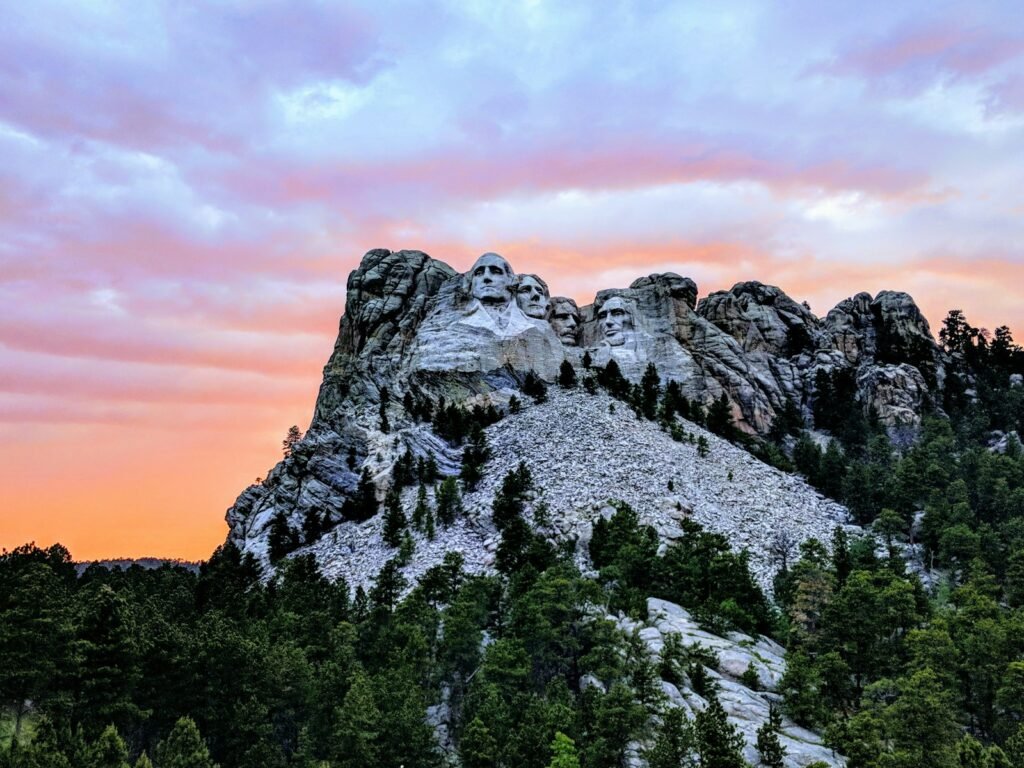
As society evolves, so too will the conversation around Mount Rushmore. Some advocate for its removal as an act of justice, others for its preservation as a reminder of both triumph and tragedy. Still others envision a transformed site that honors all of its histories, both painful and proud. The debate is a living, breathing thing—shaped by new voices, new research, and shifting cultural tides. Will the mountain’s faces remain unchanged for centuries, or will the next generation carve a new story into stone?



